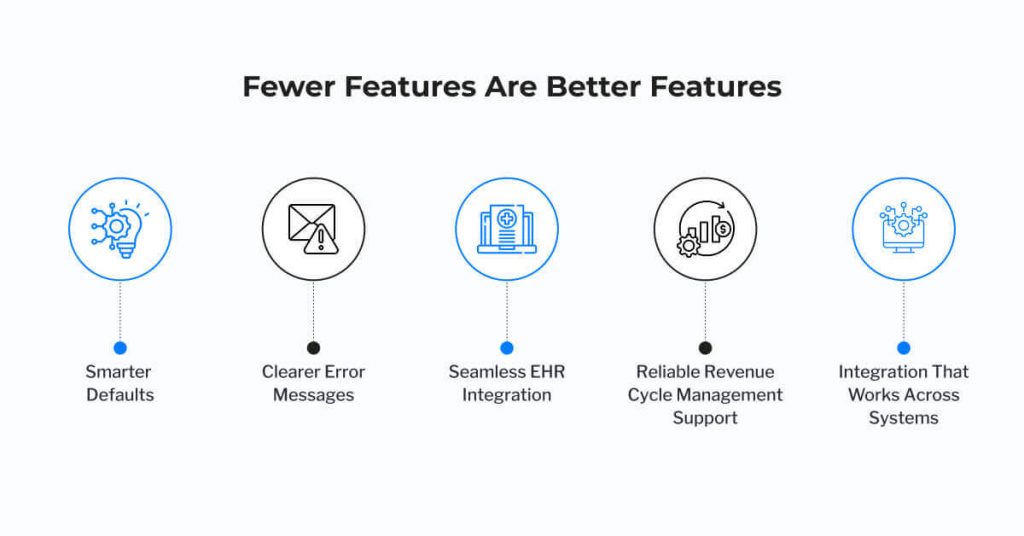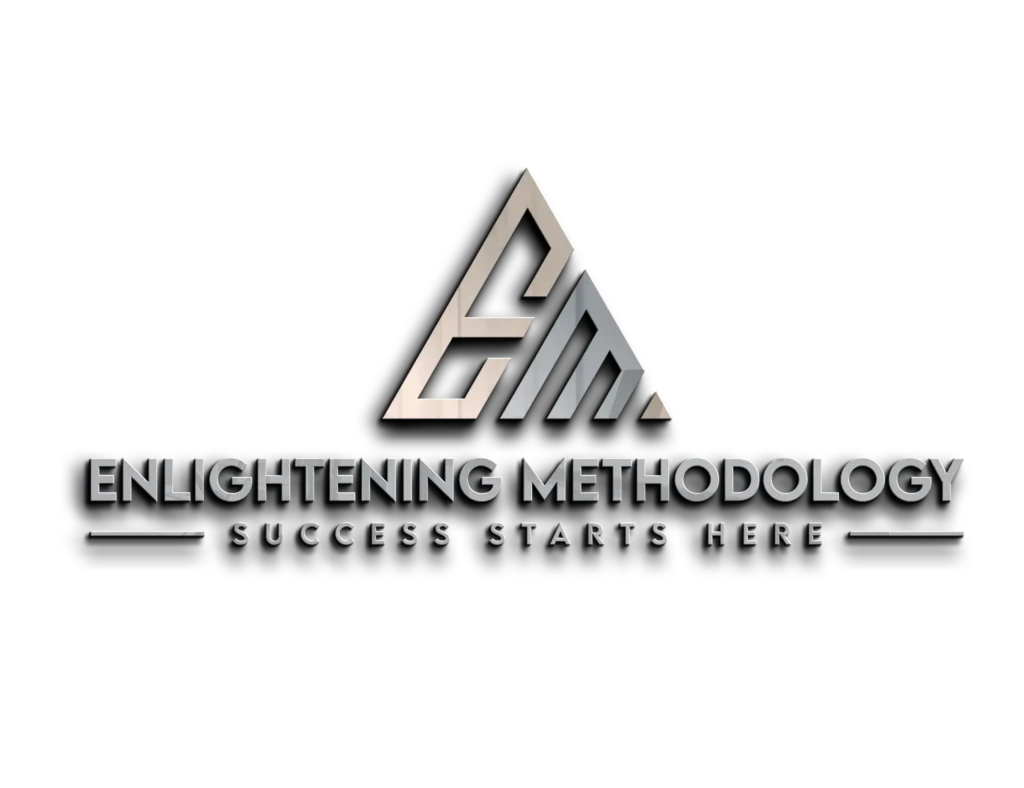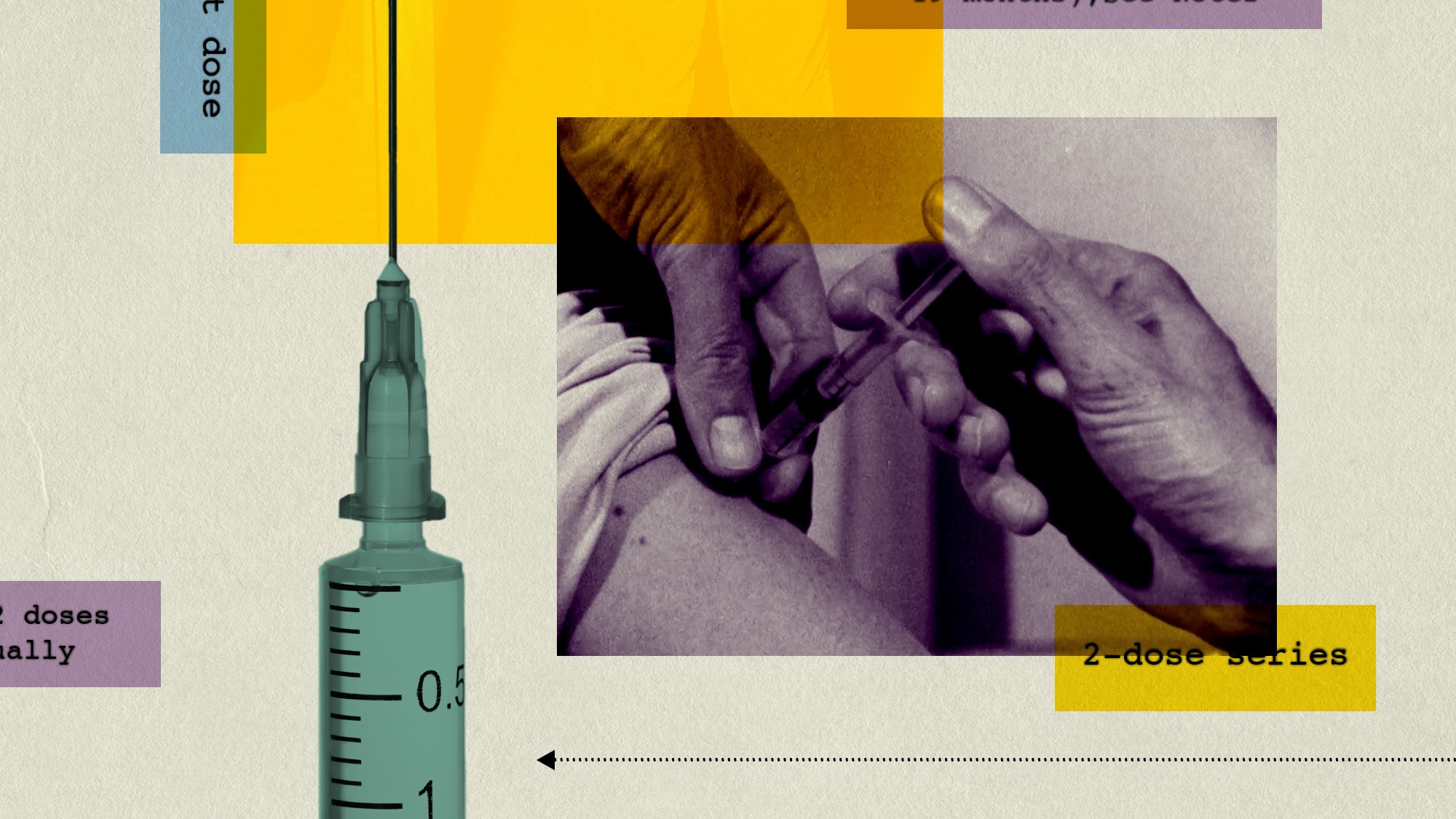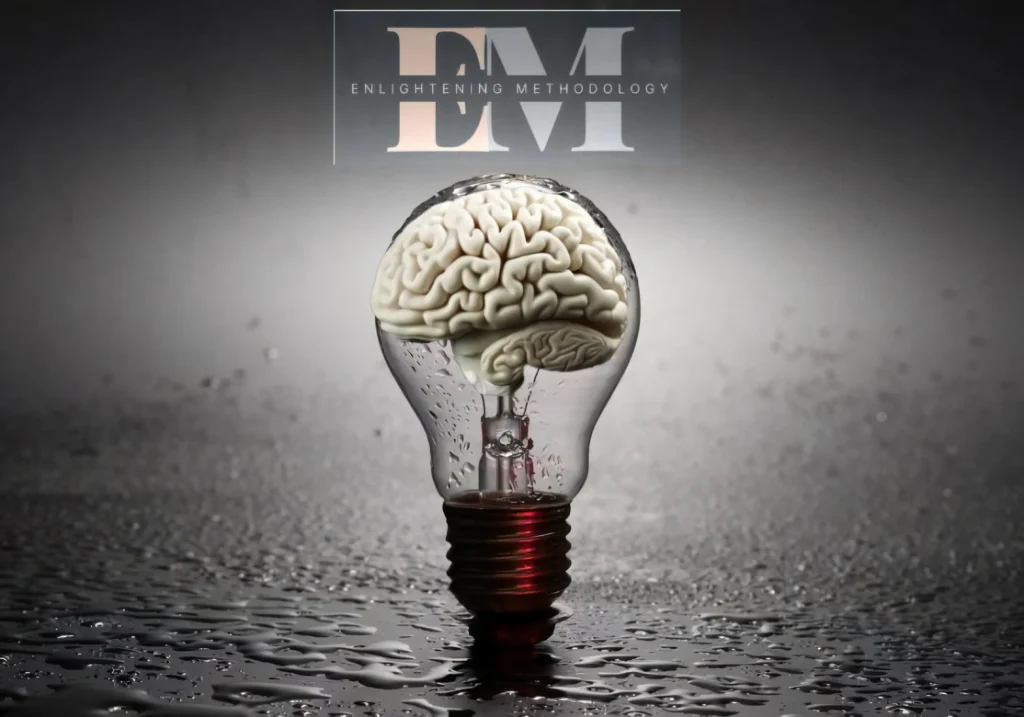At first glance, working in health tech seems straightforward: just build tools that improve care. The mission appears simple enough.
Working in healthcare technology is rarely straightforward. You’re constantly navigating between clinicians, developers, and executives, each with different priorities and pressures. Projects often make solid progress, only to hit a wall when workflows don’t align or EHR integration proves more difficult than expected.
That’s the real challenge of digital health. It’s about launching a product and getting people, systems, and processes to move in the same direction inside one of the most complex industries out there.
Over time, you figure out that the hardest part isn’t coding or designing interfaces. It’s gaining a deep understanding of Healthcare Technology through systems, yes, but also through culture, behavior, and the pressures that shape care delivery.
Here’s what working at the intersection of technology and healthcare systems teaches you.
Technology Aims for Simplicity

Most healthcare software tries to streamline: fewer clicks, smoother workflows, better visibility. But the healthcare system isn’t designed for simplicity. It’s shaped by decades of policies, paperwork, regulations, and reimbursement rules, all layered on top of each other. That complexity isn’t going away anytime soon.
Each screen or field you see in a system like an electronic health records (EHR) platform is there for a reason, usually to minimize risk or prove compliance. So when new healthcare technology solutions try to fit into these environments, they’re often met with friction.
Adoption ≠ Real Use

We often celebrate a hospital management system going live. But adoption isn’t the same as use.
Just because a tool is technically deployed doesn’t mean clinicians will embrace it. Doctors and nurses are trained to prioritize care, not debug tech. If a system adds friction, even if it’s a brilliant mHealth solution, they’ll find workarounds.
I’ve seen teams invest months into mobile healthcare technology apps for remote patient monitoring, only to find patients still prefer phone calls. Or staff reverting to printouts when the system slows down.
These aren’t failures, they’re signals. Tools need to meet users where they are, technically, culturally, and emotionally.
Data Is Not Always the Answer

We often discuss “data-driven care” in health tech. Healthcare technology in patient care can lead to better decisions. But more data isn’t always better.
Today, healthcare technology companies are collecting massive volumes of information. Dashboards become overwhelming. Alerts become noise. Clinicians spend more time documenting than healing.
It’s not about collecting more data. It’s about collecting the right data and showing it to the right person at the right time. That’s real healthcare technology in healthcare management.
Listening Matters More Than Launching

There’s a constant sense of urgency in health tech, the pressure to ship, deploy, and scale fast. But the most valuable work often happens before anything goes live.
Ask a nurse, “What’s slowing you down?” Sit beside a scheduler trying to juggle three platforms to book a follow-up. These real-world conversations uncover invisible pain points that no feature list ever will.
Skipping this stage leads to burnout, poor adoption, and costly revisions. Patient engagement solutions must be built on real workflows, not assumptions.
Technology Can Reinforce Inequality

Digital doesn’t always mean accessible. Not every patient has the language skills, device access, or digital literacy required to use mobile app technology in healthcare or remote patient monitoring tools.
It’s easy to assume that healthcare technology for patient engagement increases access. Sometimes it does. It can also unintentionally widen disparities.
This is why inclusion can’t be an afterthought. It has to be built in from the start. Whether you’re working on mobile health apps, patient portals, or cloud-based tools, accessibility needs to be part of the foundation, not something you bolt on later.
Burnout Is Often a Systemic Issue

Clinician burnout is long hours and broken systems. Entering the same data three times. Navigating clunky UIs. Waiting on slow dashboards while patients wait outside the door.
Every wasted second adds up. Healthcare technology that doesn’t reduce this burden isn’t helping. It’s adding to the very problem it promised to solve.
If your system requires 15 clicks to complete a task, it’s not a solution; it’s a stressor.
Fewer Features are Better Features

In healthcare technology for hospitals, clarity saves time, and sometimes, lives. There’s a tendency in healthcare technology solutions to keep adding features for every use case. What most healthcare systems need isn’t more. They need better:
- Smarter defaults
- Clearer error messages
- Seamless EHR integration
- Reliable revenue cycle management support
- Integration that works across systems
Reflection isn’t optional

In healthcare software development, reflection isn’t something you save for the end. It’s something you build into every stage.
Instead, it starts early and continues throughout. Ask the right questions along the way: Did we listen closely before building? Did we test in real environments, with actual users? What worked, and why? What failed, and what can we learn from it? These moments of reflection are where real progress happens.
Final Thought
Working in digital health means working in complexity. You’re balancing legacy infrastructure with modern innovation, managing HIPAA compliance software development, integrating new tools into old workflows, and making decisions that impact real lives.
Behind every line of code, behind every healthcare technology cost consideration, is a real person, trying to deliver or receive care.
OSP builds and scales healthcare technology solutions that work in the real world. Whether it’s EHR integration, patient engagement tools, hospital systems, or cloud-based platforms, we work with healthcare technology companies to make sense of the complexity and focus on what really matters.
References:
- https://dergipark.org.tr/en/download/article-file/2814413
- https://www.dhi.ac.uk/san/waysofbeing/data/health-jones-lupton-2016e.pdf
- https://journals.sagepub.com/doi/abs/10.1177/1363459315611940
The post What Healthcare Technology Teaches Us About the System appeared first on Osplabs.






